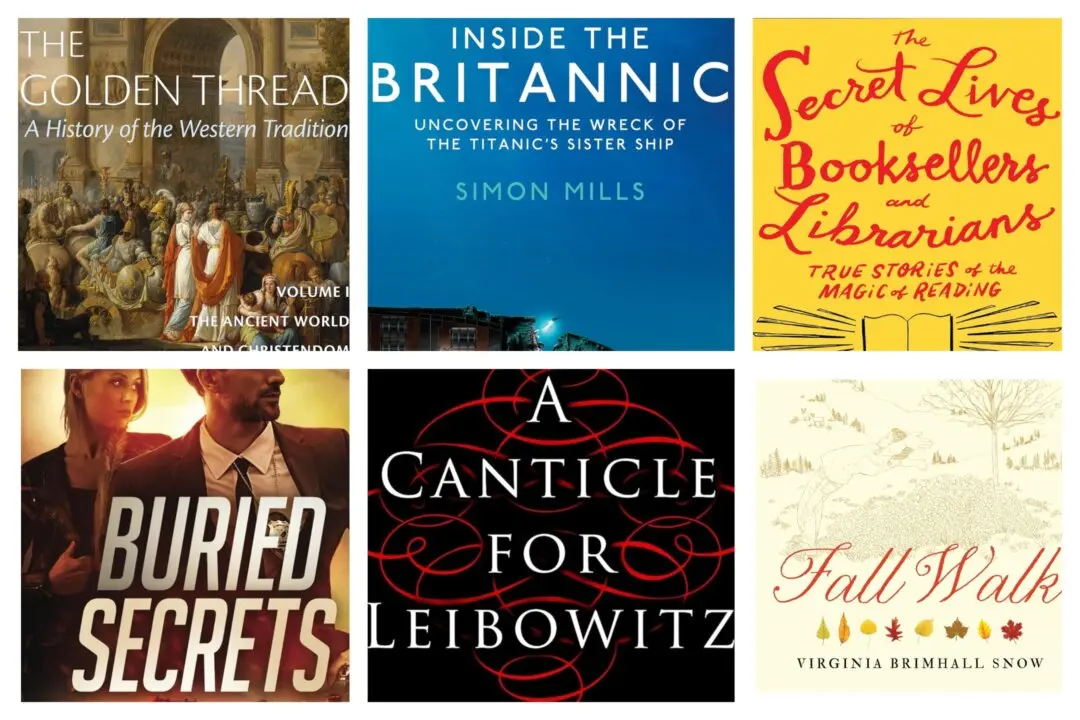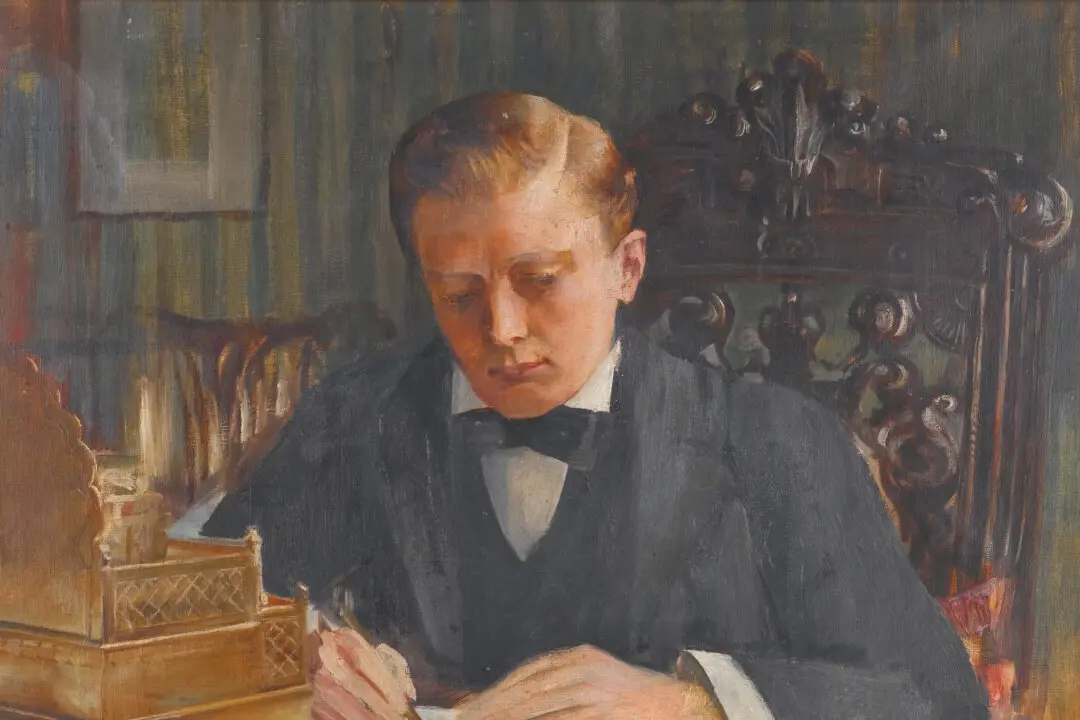The piercing chill I feel: my dead wife’s comb, in our bedroom, under my heel…
Anyone who has lost a loved one, particularly a parent, spouse, or a child with whom they lived, will immediately connect with the poem of Yosa Buson (whose original family name was Taniguchi) “The Piercing Chill I Feel.” In the days and even years following that person’s death, some object—a book in which the deceased jotted some notes, a necklace left in a drawer, a loving card given us long ago for a birthday—can shock us backward in time. Stunned for a moment by this abrupt encounter with the past, memories flood over us, and we remember—sometimes with a smile, sometimes with tears—the one so dear to us.Buson’s poem demonstrates the enormous power of haiku, that Japanese verse form in which 17 syllables are typically arranged in three lines, usually in a pattern of five, seven, and five syllables.






